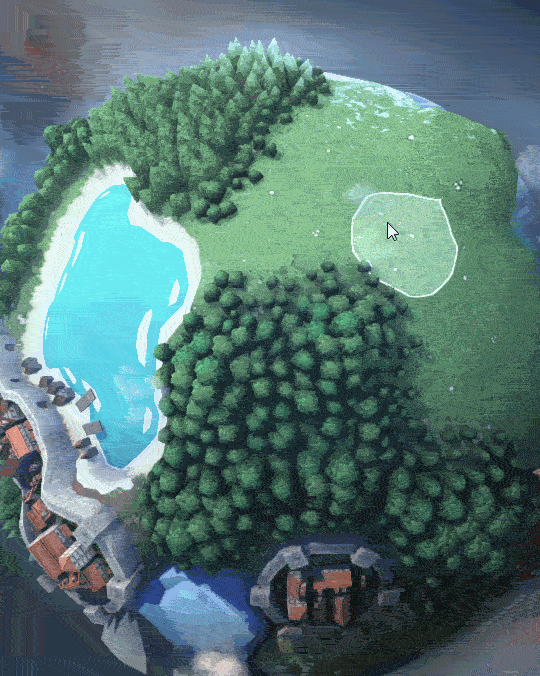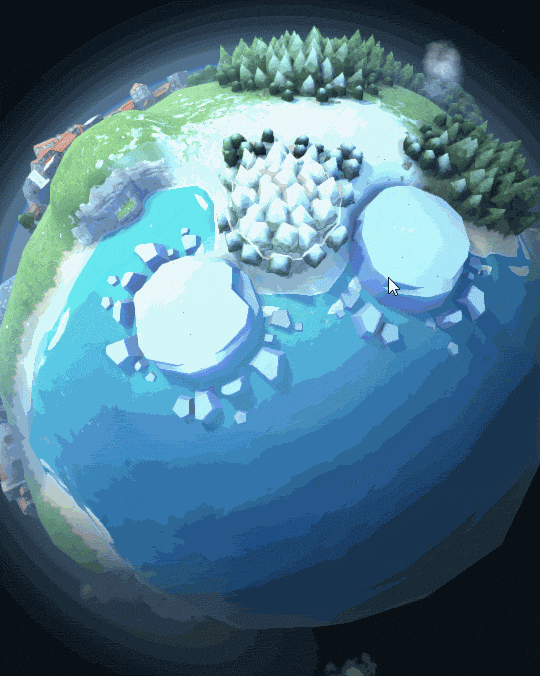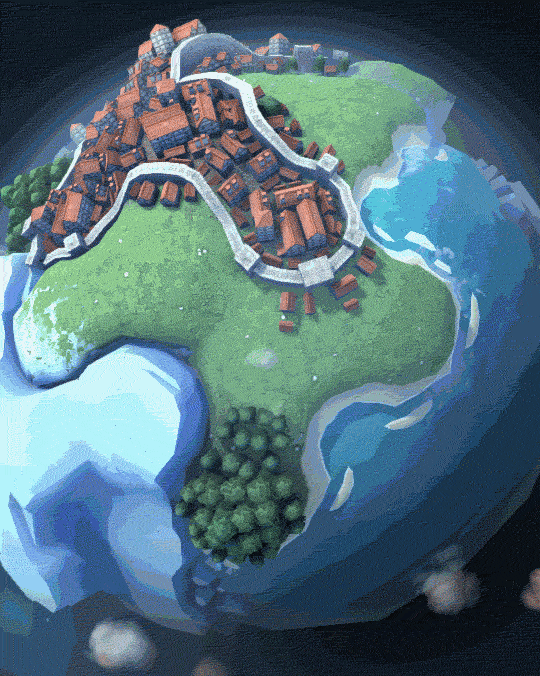



Polygonal Planet Project
Oskar Stålberg has another relevant project online, this time an entire planet. It’s labeled as an exercise in tilesets. A close examination will reveal some of the nuances: try putting a city on snow, or using the cliffs to make a canyon in the city and see what happens.
Designing a set of components that fit together well is one of the basic artistic tasks that shapes procedural generation. The basic principles of 2D NES-era tilesets are fairly well known, but tileset design didn’t stop there. There have been quite a few games that have pushed beyond that, including Civilization 3′s hill-and-border system. The introduction of 3D tilesets opens up even more possibilities.
On a more general note, building kits of modular content is a design discipline in itself. Building kits that work with procedural generation is an additional complication, but a necessary one: while the popular image of procedural content is often one that is generating geometry from scratch, entirely in code, the real-world applications are much more likely to use at least some prefabbed components.
The principles behind modular kits also applies to non-visual content. Prefabbed chunks of content are frequently useful in text generation, and I often use a deck of cards metaphor in systems that need varying output that still needs to fit within constraints.
